
Level Measurement Transparent Level Gauge, Reflex Level
Reflex Level Gauge. Working principle Reflex glass level gauges working principle is based on the light refraction and reflection laws. Reflex glass level gauges use glasses having the face fitted towards the chamber shaped to have prismatic grooves with section angle of 90°.

Cargo Measurement Devices for Oil Tankers Liquid Level
Advantages of Radar gauges. Since the antenna is the only moving part inside the tank, it is highly accurate and highly reliable. Radar waves are most suitable because they are not affected by the atmosphere above the cargo in the tank. 3. Ultrasonic gauges. The working principle of the ultrasonic gauge is very similar to that of the echo sounders.

Radar Tank Gauging Honeywell
Tank gauging is essential for the assessment of tank contents, tank inventory control and tank farm management. Honeywell's Enraf ® portfolio of high end radar and servo tank gauges help in accurate level gauging for refineries, tank terminals and petrochemical industries. The tank gauges are suitable for custody transfer as well as inventory control and are designed to be used in SIL 3 loops

Radar level measurement Endress+Hauser Endress+Hauser
Non contact radar with simple commissioning, trouble free operation saves time and money. For usage in a wide range of applications be it in simple storage tanks, in corrosive or aggressive media or high accuracy tank gauging applications. Check out the broad range of Micropilot devices for radar applications and click on the button below.

The Pros and Cons of Radar Level Transmitters
Even though radar level transmitters are often considered the more accurate measurement tool, there a few things to think about when deciding which level measurement tool is right for your machines and processes. Some disadvantages of radar level transmitters include: Possible installation hassles depending on the tank's design.

The Principles of Level Measurement FierceElectronics
RF capacitance, conductance, hydrostatic tank gauging, radar, and ultrasonics are the leading sensor technologies in liquid level tank measurement and control operations. Making the wisest selection for your own application requires a basic understanding of how these devices work."

Operating Principle of Guided Wave Radar Level Measurement
Guided wave radar (GWR) is also called time domain reflectometry (TDR) or micro impulse radar (MIR). In guided wave radar installations, the guided wave radar sensor/gauge is mounted on the top of a tank or chamber, and the probe usually extends to the full depth of

Level sensor Wikipedia
A variation of magnetic sensing is the "Hall effect" sensor which utilizes the magnetic sensing of a mechanical gauge's indications. In a typical application, a magnetism sensitive "Hall effect sensor" is affixed to a mechanical tank gauge that has a magnetized indicator needle, so as to detect the indicating position of the gauge's needle.

Ship's Level Sensors Types, Construction, and Use
These type of gauges are mostly found on small tanks with water or diesel oil. Example: fresh water expansion tanks. The same principle of gauge glass may extend and can be found on boilers. Boilers have water level gauge glasses that are designed to withstand more rigorous working conditions.

Level Gauges Selection Guide Engineering360
Level gauges are meters used to determine the level of a liquid in a fixed storage or process gauge is composed of several parts including head, float, measuring tape, bottom anchored bracket, guide wires, elbows, anchors, coupling, pipe support brackets, and pipework.

ULTRASONIC LEVEL MEASUREMENT
ULTRASONIC LEVEL MEASUREMENT. D L B F 1 FEATURES The principle of operation of the ultrasonic sensor system is to use the ultrasonic pulses which are transmitted by the transducer to the surface to be the tank wall, the build up on the tank wall cause false echoes.

Best Practices for Level Measurement Chemical Processing
Radar. Applicable to point or continuous applications, it measures the travel time of an impulse reflected from the liquid surface. Interfer ence echoes from tank internals, and agitators are suppressed and signals can be characterized to give liquid volume. The sensor doesn’t contact the liquid but is exposed to headspace conditions, which

Tank Gauging System Emerson US
Tank gauging means liquid measurement in large storage tanks to determine product volume. Rosemount™ Tank Gauging System ensures accurate level, temperature, and pressure measurements for inventory control, oil movement and overfill prevention, securing efficient operations.

Level Measurement Technologies In The Process Control
Few things are as ubiquitous in the process control industry as the need to measure the level of a process material in a container. Whether that material is water, waste water, petroleum, sugar, or any other form of liquid or solid, level measurement accuracy can be a determining factor in both profit margins and safety.

China tank gauging system wholesale 🇨🇳 Censtar
China Tank Gauging System, China Tank Gauging System Suppliers and Manufacturers Directory Source a Large Selection of Tank Gauging System Products at tank level gauge ,digital fuel tank gauge ,fuel tank monitoring system from China Mtrd 1000a6 26ghz Pulse Radar Water Tank Level Gauge Instrument Mtrd 1000a6 26ghz Pulse Radar

Level measurement Automaatika
radar gauge mounting location to the surface of the material (Figure 3). The level measurement is determined by subtracting the ullage from the distance the radar gauge is mounted above the tank bottom (or reference gauge height.) FIGURE 3. Radar Measurement Tank Bottom or Strike Plate Reference Gauge Height Level = Reference Gauge Height

Tank Level Gauging RTG Marine Tank Management
Tank Level Gauging LevelDatic Electro pneumatic tank measurement for ballast tanks, void spaces, fuel oil tanks and Water Ingress Monitoring. The analogue LevelDatic 80S was developed following requests from the marine industry. The LevelDatic 80S is based on the hydrostatic measuring principle.

A Practical Overview of Level Measurement Technologies
A Practical Overview of Level Measurement Technologies Martin Bahner Director of Marketing Ultrasonic transmitters work on the principle of sending a sound This non contact technology produces highly accurate measurements in storage tanks and some process vessels. Radar is an excellent, but fairly expensive technology ($5k to $10k per

K GAUGE
The K Gauge radar tank gauges are designed accord ing to the marine industry best practice and utilize only components with superior reliability, performance and durability. The measurement principle is based on the Frequency Modulated Continuous Wave (FMCW), where the distance (ullage) is derived from the time delay of the reflected signal.

Operating Principle of Non Contacting Radar Level Sensors
Principle of Operation of Non Contacting Radar Level Sensors/Gauges ; Accuracy Level of Radar Instruments; radar signals are transmitted from the antenna of a radar instrument located at the top of a tank or vessel as shown below: How Turbine Flow meters Work. Principles &

Non Contacting Radar Level Transmitter Working Principle
For non contacting radar level measurement there are two main modulation techniques, Pulse radar technique FMCW (Frequency Modulated Continuous Wave) radar technique Basic principle Non contacting pulse radar sends out a microwave signal that bounces off the product surface and returns to the sensor. The transmitter measures the time delay between the

Radar Level Measurement
Radar for Level Measurement . Radar Antennas for All Applications . Gauge measurement in the sewage network . Level measurement in chemical tanks . Radar has advantages over other level measurement technologies: 1. unaffected by changing process conditions .

Overview of Tank Gauging Technologies Instrumentation Tools
Radar technology is suitable for measuring a wide range of petroleum products. Servo Tank Gauging. servo tank gauges operate on the principle of displacement measurement. A small displacer on a measuring wire is unwound from a drum and accurately positioned in the liquid medium using a

RADAR TANK LEVEL SENSORS
RADAR TANK LEVEL SENSORS:. The radar level sensors are highly accurate, durable, and can operate in high temperatures and highly corrosive environments. They do not require any maintenance. Non contact radar level sensors send short microwave burst through the air downward toward the liquid surface and measure the time it takes for the burst to return.

Liquid Level Sensor and Types of Level Sensors
There are two electrodes: one is used as a metal wall of the tank, and the other electrode is inserted into the tank. This principle can be explained with a practical application. Construction and Working. The working of a radar level sensor is explained here to measure the level of liquid or solid. The radar signals are transmitted from

Enraf Radar Sensors
The Enraf Radar Gauge integrates temperature, pressure and ballast data in a compliant, robust and compact system. We can supply Enraf Radar Sensors, Enraf spare parts and other Enraf equipment such as Pressure Transmitters and Communication Units worldwide. Due to our worldwide network and large stock, we are able to deliver the equipment in a

Types of Rain Gauge: Non Recording and Recording Types
ADVERTISEMENTS: Read this article to learn about the two types of rain gauge, i.e., (1) Non Recording Type Rain Gauge, and (2) Recording Type Rain Gauge! 1. Non Recording Type Rain Gauge: It gives only total rainfall occurred during particular time period. Recording type rain gauge gives hourly rainfall. Under non recording type rain gauges, one most commonly used in Symon’s [ ]

Tech Descr TR PM6 Marine Electrical Technology
Radar Principle and its Advantages The main advantages for using radar for tank gauging are: • Radar waves never get stuck. • Radar waves are not affected by the atmosphere above the product in the tank. • The only part located within the tank is the antenna.

Radar Level Transmitters AutomationWiki
Hence, FMCW happens to be the only system which can be suitably used for meeting high accuracy requirements of tank gauging. Pulsed radar systems . They are also referred to as pulsed time of flight systems. Their working principle is very much like ultrasonic level transmitters. “Pulsed Wave systems emit a microwave burst towards the process

Radar Basics Radar Principle
Radar Principle. The electronic principle on which radar operates is very similar to the principle of sound wave reflection. If you shout in the direction of a sound reflecting object (like a rocky canyon or cave), you will hear an echo. If you know the speed of sound in air, you can then estimate the distance and general direction of the object.

Common Tank Gauging Technologies and How They Work
Radar gauge measurement is independent of the process conditions inside the tank. Temperature, pressure and gas vapors have minimal affect on “radar beams”. The dielectric constant of the liquid being measured is a critical factor when considering a radar tank gauging solution. Radar Antennae

FMCW Radar Level Transmitter Working Principle
A radar signal is emitted via an antenna, reflected on the product surface and received after a time t. The radar principle used is FMCW (Frequency Modulated Continuous Wave). The FMCW radar transmits a high frequency signal whose frequency increases linearly during the measurement phase (called the frequency sweep). The signal

Radar altimeter Wikipedia
A radar altimeter measures absolute altitude the height Above Ground Level (AGL). Absolute altitude is sometimes referred to as height [citation needed] because it is the height above the underlying terrain. As of 2010, all commercial radar altimeters use linear frequency modulation continuous wave

7 Main Types of Level Sensing Methods How do they differ?
Applications tank level measurement and leak detection applications. Capacitance level sensors work with a range of solids, liquids, and mixed materials. In principle radar works in a similar way to ultrasonic, but the pulses travel at the speed of light and again; the reliability and repeatability can be affected but this time

How Guided Wave Radar Level Measurement Works Flow
In a guided wave radar level measurement system, Botwinski says the waveguide is a probe immersed in the liquid (or dry, bulk media). The high frequency electromagnetic pulses transmitted down the probe are reflected at the point of discontinuity between the air and the process medium.

The Art of Tank Gauging ICEweb
1 An introduction to Tank Gauging 1.1 What is Tank Gauging? Tank Gauging is the generic name for the static quantity assessment of liquid products in bulk storage tanks. Two methods are recognized: • A volume based tank gauging system. Quantity assessment based on level and temperature measurement. • A mass based tank gauging system.

How Liquid Level Sensors Work TC Fluid Control
If you're looking to deeper you're understanding of liquid sensors, read our blog post explaining how liquid level sensors work & how they are used here!

ABM Sensor Technology Inc
Radar devices provide non contact measurement with high reliability and low maintenance. Remote Tank Level Monitoring PRODUCT CATALOGUE (pdf) Non Invasive Ultrasonic Switch Tank Monitoring Tank Level Remote Tank Monitoring Measuring Principle An ultrasonic pulse is transmitted from the ABM sensor .

Saab TankRadar Level Gauges Marine Tank Management
Saab TankRadar Level Gauges. Rosemount TankRadar® PRO 5600 is the sixth generation of radar level gauges from the world's leading manufacturer of radar level gauging equipment. It is especially designed for the process or lower accuracy inventory gauging

Increased plant safety puts focus on tank gauging
Radar technology is dominating the tank gauging market. Nowadays, refineries and bulk liquid storage plants have realized the benefits of choosing radar over mechanical servo gauges. Also, whereas the working principle of for example servo gauges requires moving parts in contact with the product inside the tank, radar technology has

Ultrasonic Transmitters vs. Guided Wave Radar for Level
With more than 20 different level measurement technologies on the market today, it is important to choose the right level transmitter for your process conditions. This article provides information on two of the most commonly used level measurement technologies—ultrasonic and guided wave radar (GWR).

How Level Measurement Transmitters Work ERNIEGRAVES
How Level Measurement Transmitters Work. These types of transmitters take their name, and a good portion of their operating principle, from capacitors, the electrical circuit element that can temporarily store energy for use by the circuit. The transmitter sends out a radar signal into the liquid in the tank and receives a reflection of

Automatic Tank Gauging (ATG) North Dakota
North Dakota UST Operator Training Program Automatic Tank Gauging (ATG) An automatic tank gauge (ATG) is an electronic device, whose basic function is to monitor the fuel level in the tank over a period of time to see if the tank is leaking.

Automatic Tank Gauging Radar Level Gauge Transmitter
Radar Tank Level Gauge Radar Level Transmitter Custody Tansfer Level Gauge with inputs for Temperature mPuls Radar Level Gauge level transmitter mPuls radar gauges provide level measurement to an accuracy Motherwell Tank High Accuracy Tank Servo Gauge 2800i Tank Servo gauge is designed for use in custody transfer tank 2570 Mechanical Float Type Level Gauge The

Radar Tank Level Gauge Radar Level Transmitter
8900d High Accuracy FMCW Radar Tank Level Gauge. The Motherwell Tank Gauging 8900d digital tank radar level gauge is a high accuracy radar gauge designed for use in custody transfer tank gauging applications and exceeds the requirements of UK weights and measures standards for tank gauges.

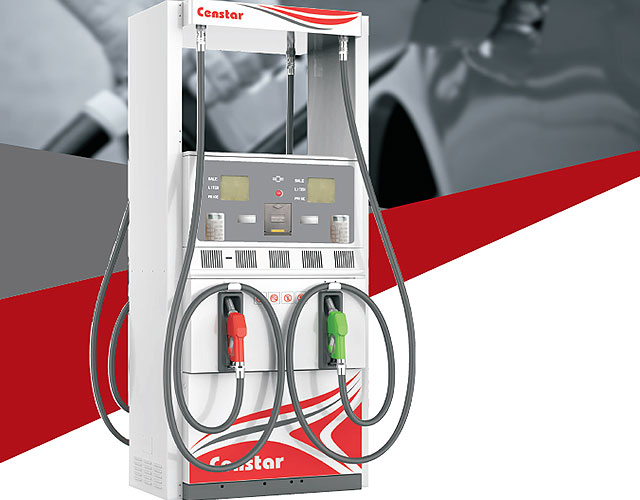
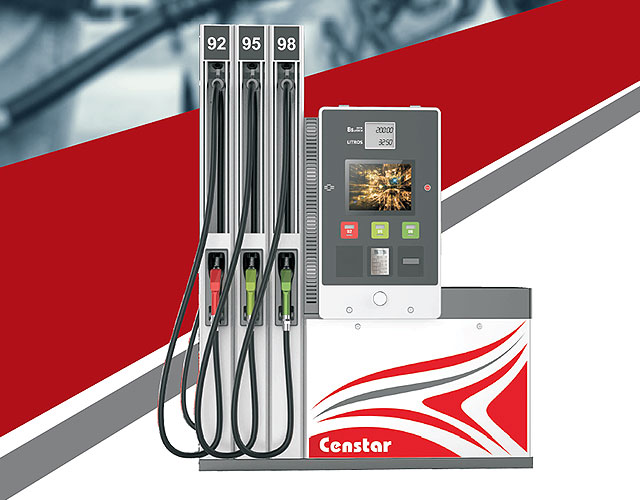
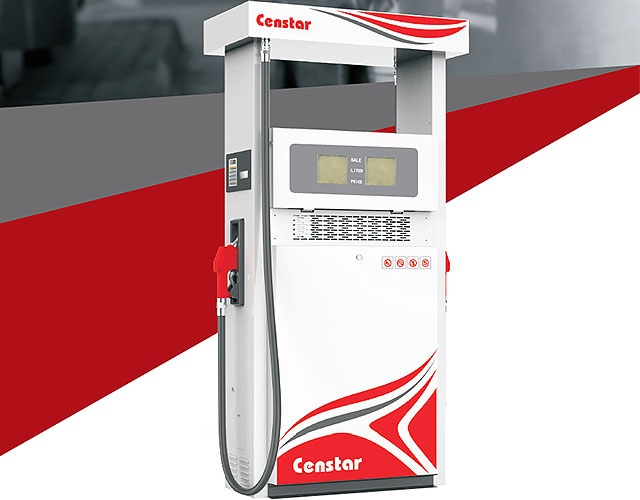
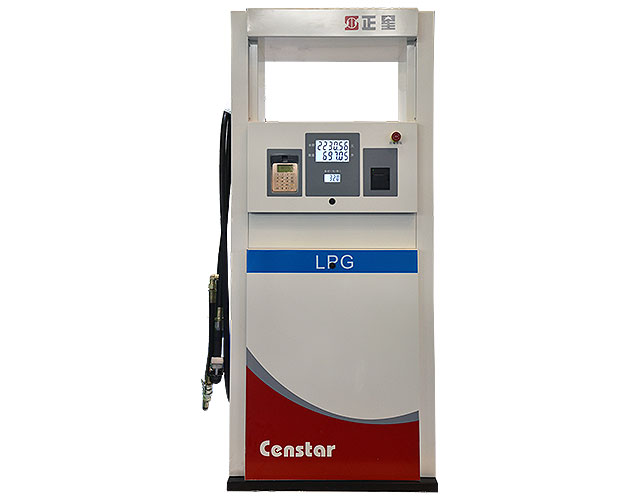
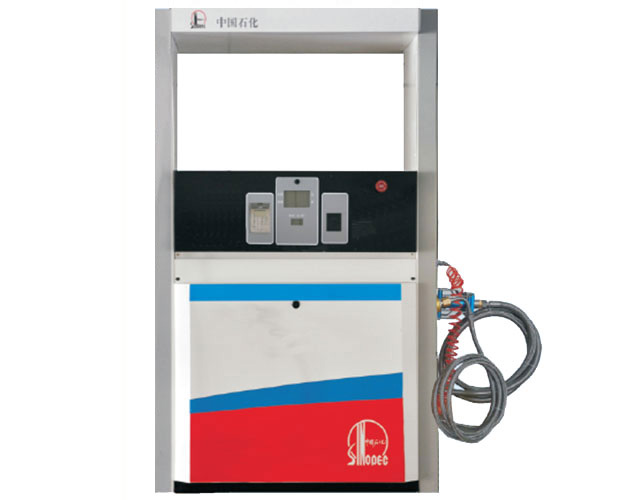
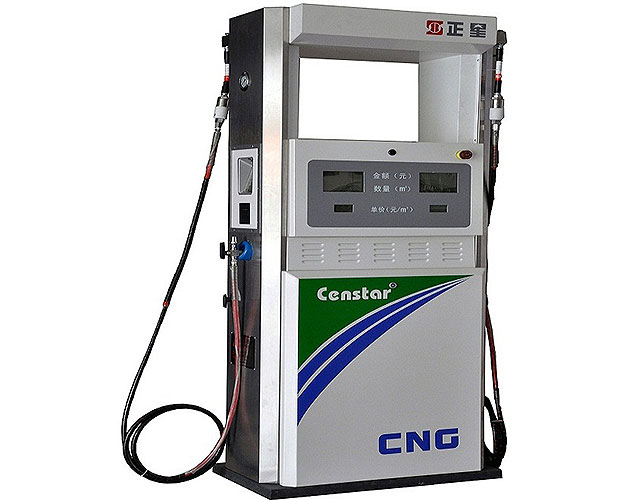
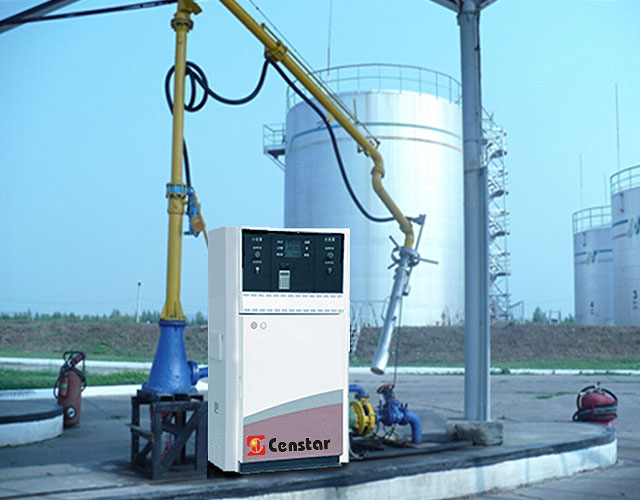
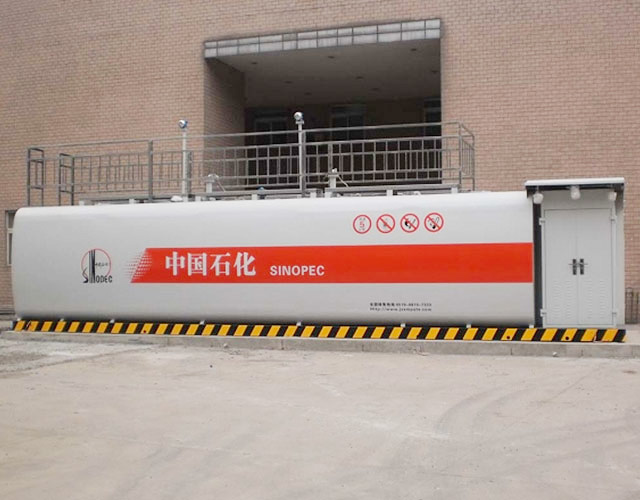

 Message
Message tel
tel Inquiry
Inquiry